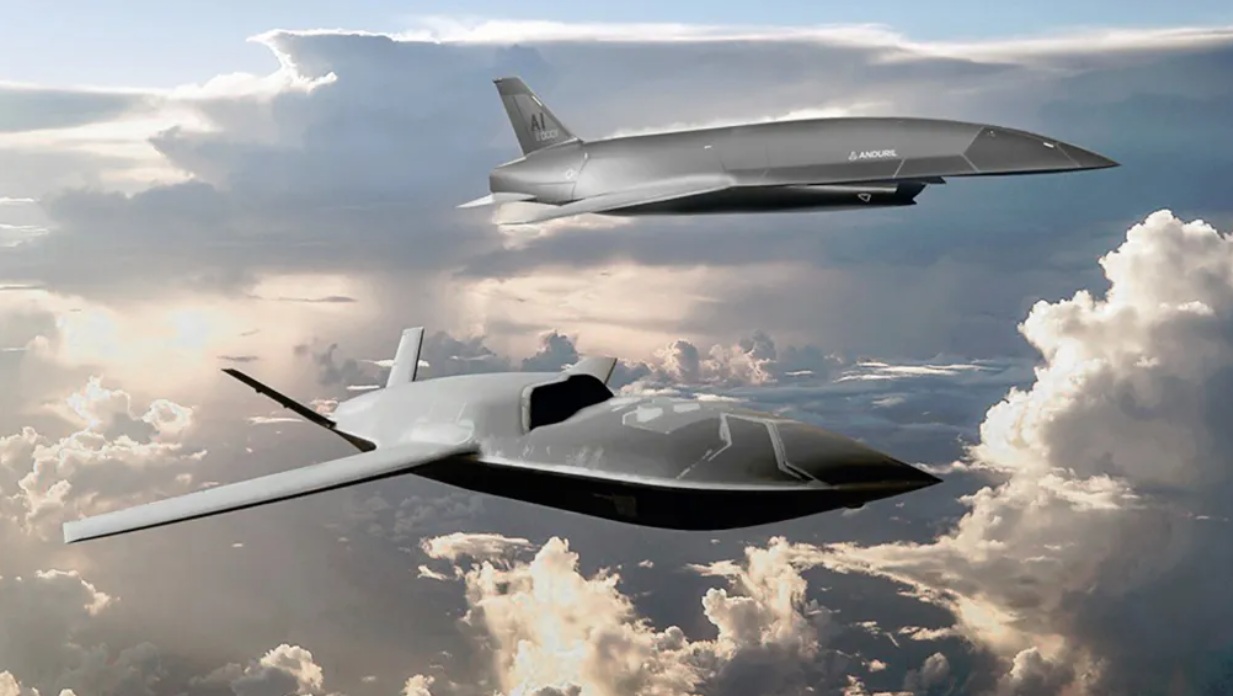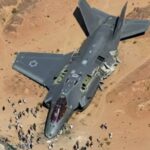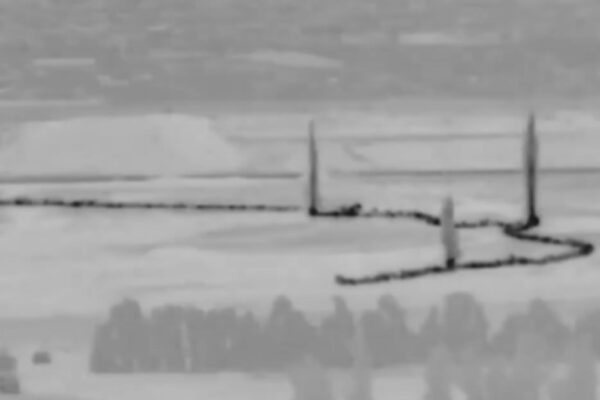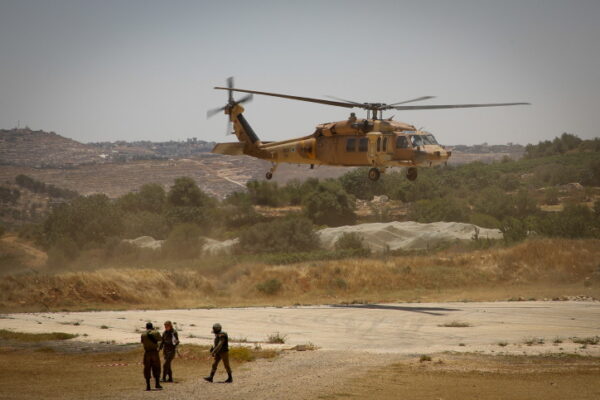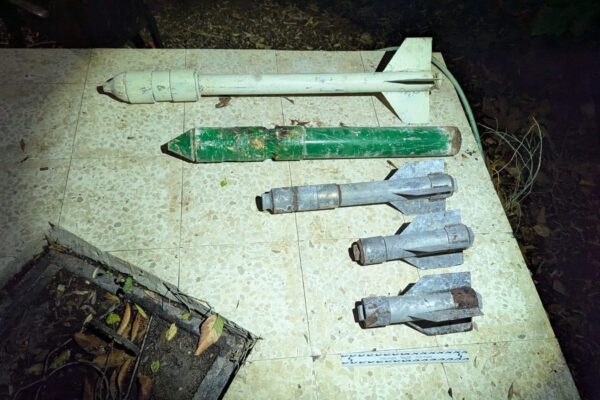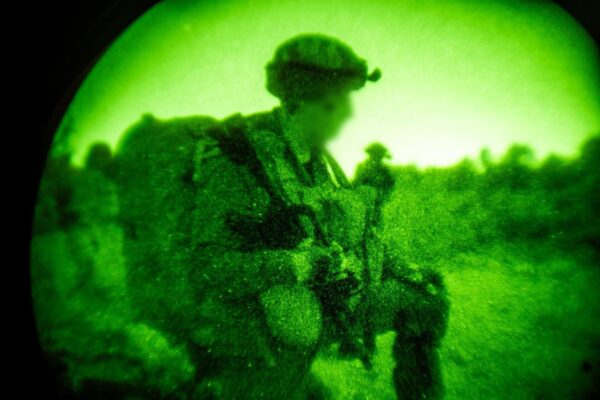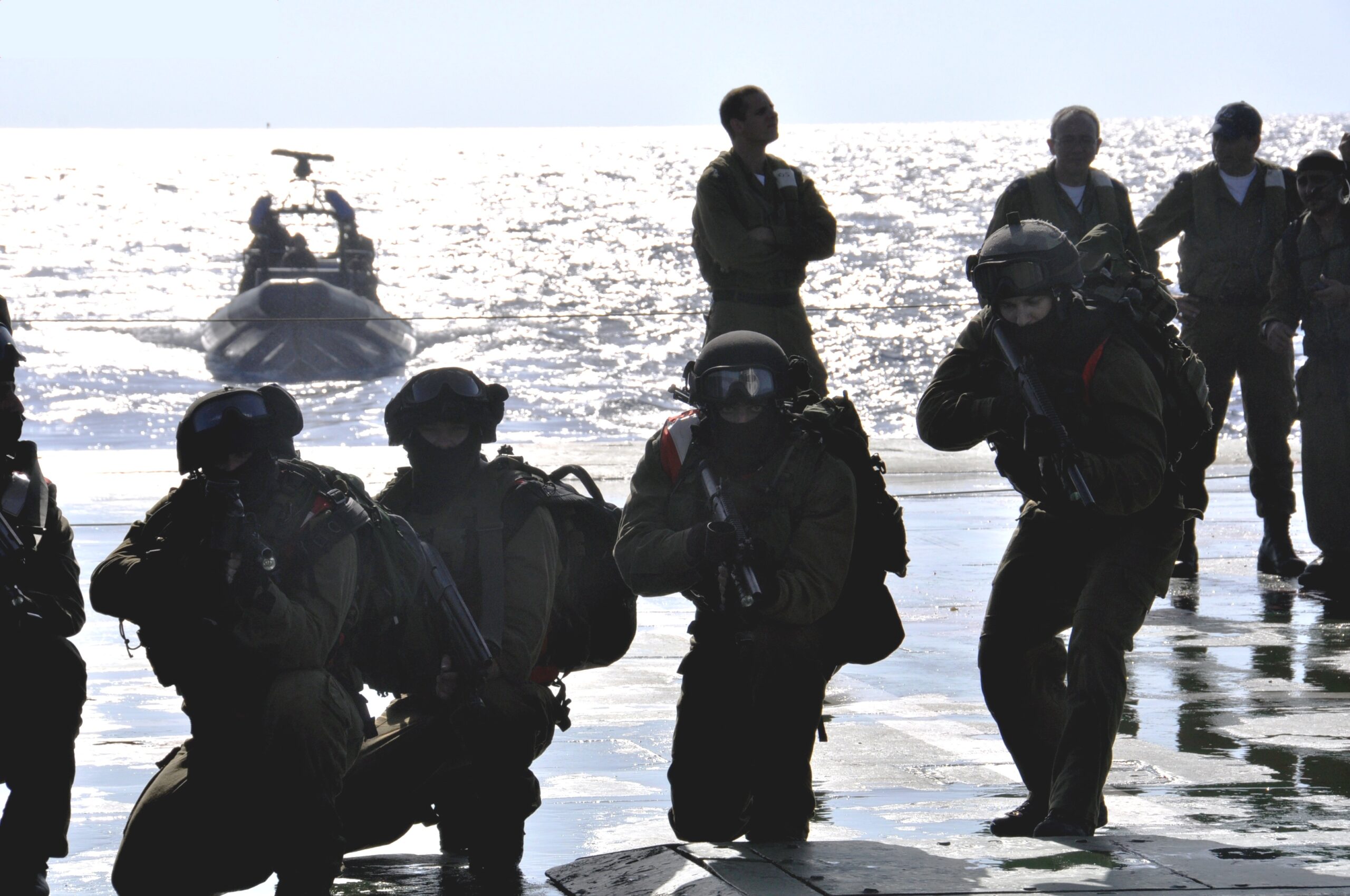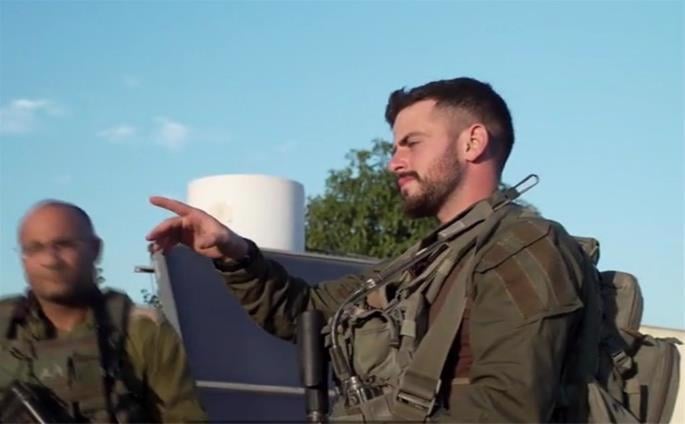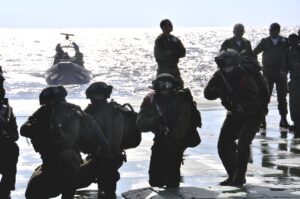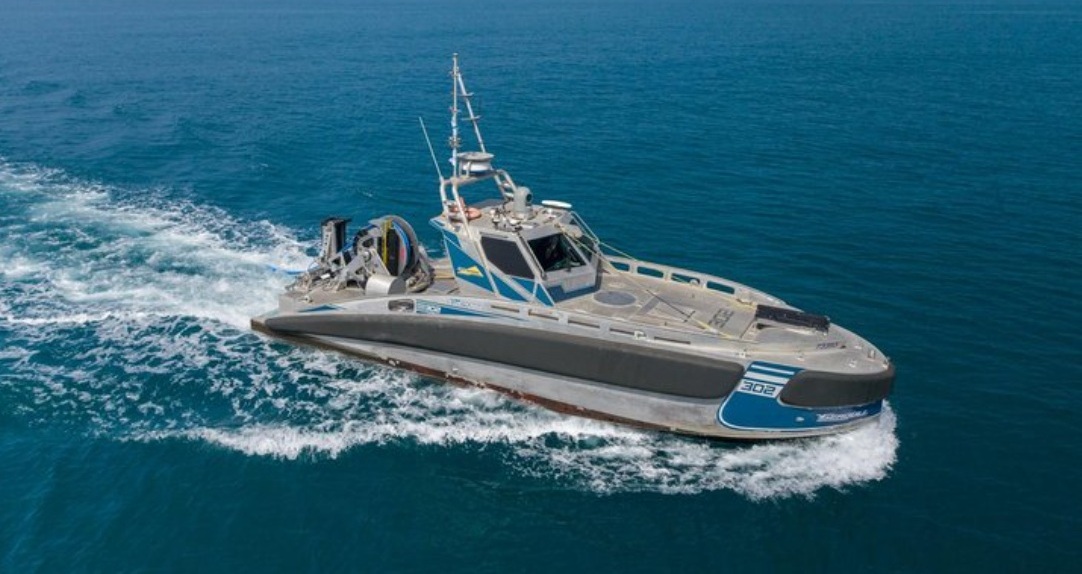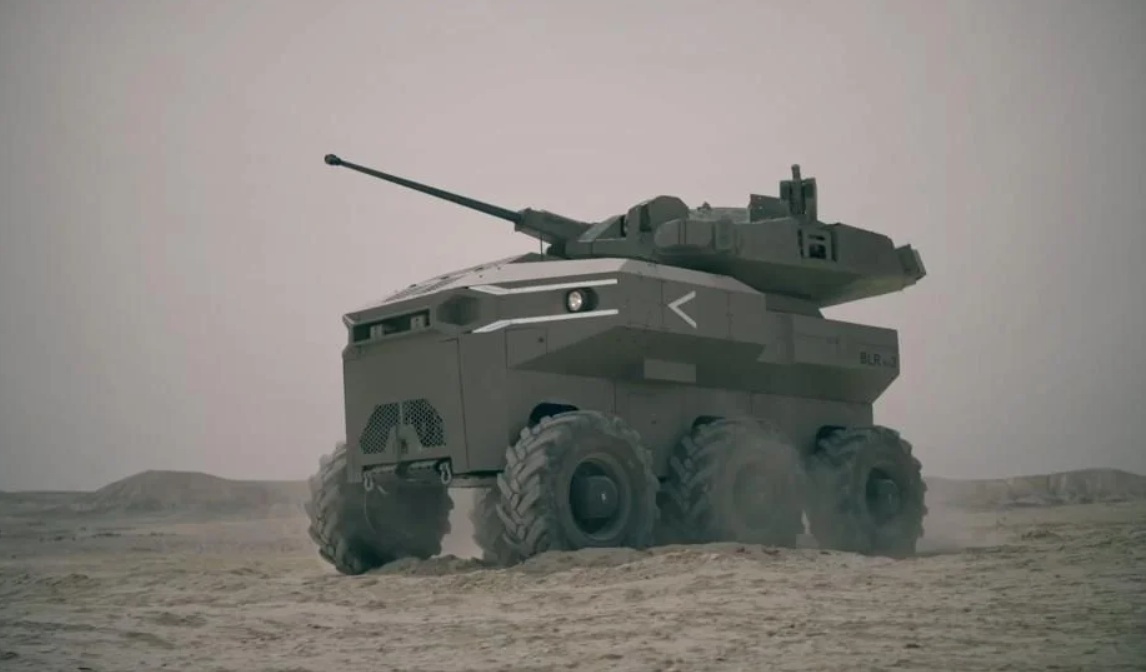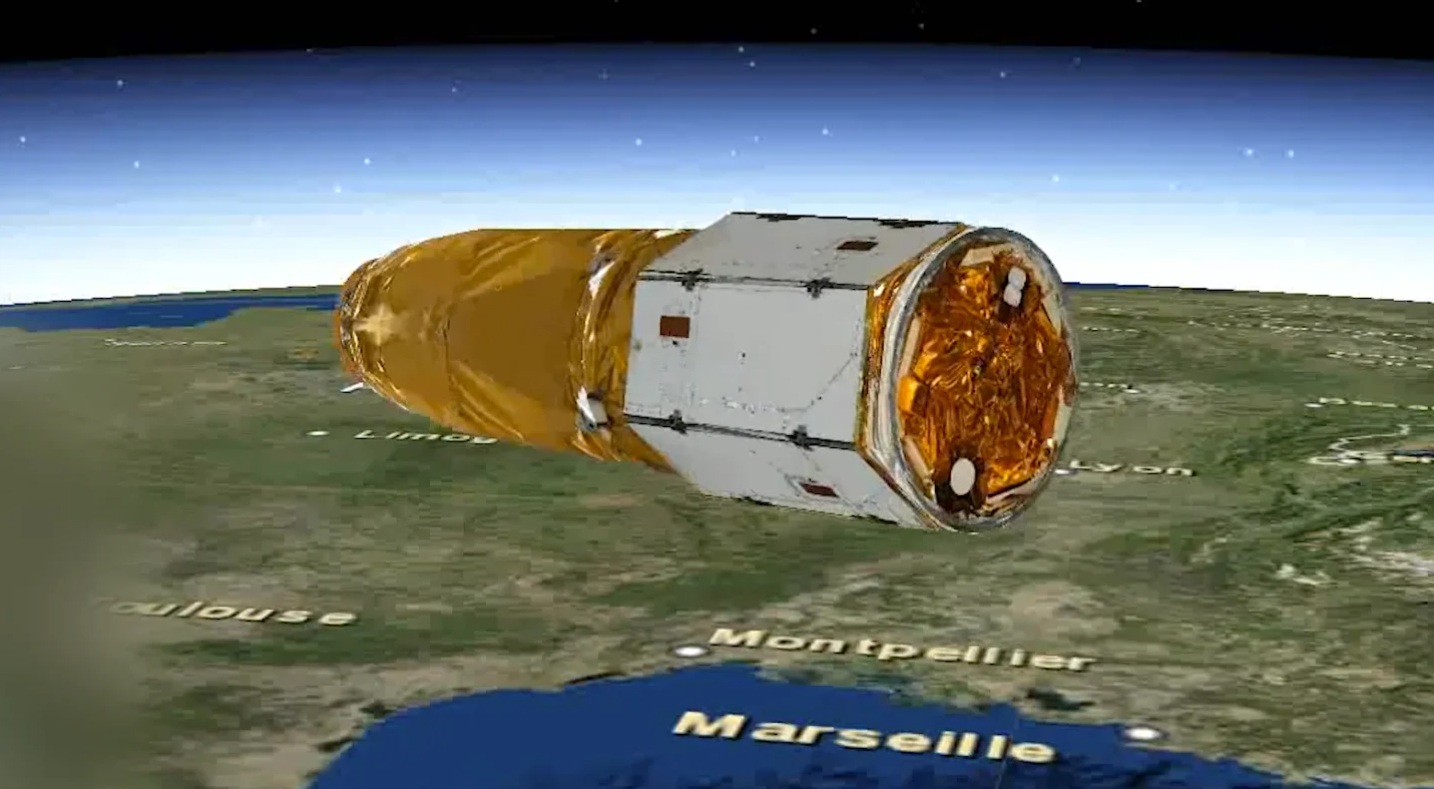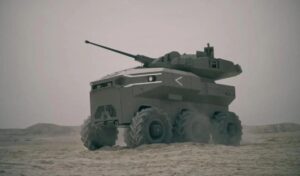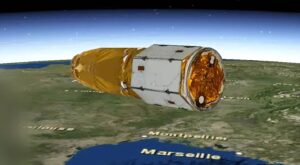The YFQ-44 is expected to enter limited operational trials by late 2026, with full deployment targeted for 2028.
By Yezhezkel Laing
Israel is advancing its aerial defense capabilities with the development of the YFQ-44, a next-generation unmanned fighter jet designed to operate alongside manned aircraft and bolster strategic deterrence across the region.
Israeli companies involved in the development and adaptation of the YFQ-44 unmanned fighter jet include Israel Aerospace Industries (IAI), Elbit Systems, and Rafael Advanced Defense Systems, primarily through integration, avionics, and mission-specific customization for the IDF.
The aircraft is being developed in collaboration with Anduril Industries, a U.S.-based defense technology firm, and is internally codenamed “Fury.”
The YFQ-44 is part of Increment I of the U.S. Air Force’s Collaborative Combat Aircraft (CCA) program, which aims to integrate unmanned systems with platforms like the F-22 Raptor and F-35 Lightning II.
Israel’s adaptation builds on the legacy of the earlier YFQ-42, featuring enhanced avionics, stealth capabilities, and autonomous decision-making software.
Engineered for air-to-air missions, electronic warfare, and reconnaissance, the jet includes push-button departure and recovery systems, replacing traditional stick-and-throttle controls.
Its autonomy software enables execution of preplanned flight profiles with minimal human intervention, and its modular design supports rapid upgrades.
The YFQ-44 is engineered to fly in formation with manned jets, execute air-to-air missions, and conduct electronic warfare and surveillance.
It is expected to augment Israel’s air defense capabilities, especially against Iranian-backed threats and emerging drone swarms.
The YFQ-44’s advanced capabilities include:
• Stealth profile with low radar cross-section
• AI-driven autonomy for target acquisition and threat response
• Modular payloads for air-to-air, air-to-ground, and ISR missions
• Manned-unmanned teaming (MUM-T) integration with Israeli and allied aircraft
• High-speed maneuverability and extended range for deep strike missions
Currently undergoing ground testing, the YFQ-44 is expected to enter limited operational trials by late 2026, with full deployment targeted for 2028.
The IDF envisions the YFQ-44 as a key asset in countering Iranian-backed militias and hostile state actors, particularly in contested airspaces over Syria and Lebanon.
Defense analysts believe the jet could reduce pilot risk and operational costs while expanding Israel’s tactical reach.
Its integration with manned aircraft also enhances operational flexibility and deterrence.
With stealth features, AI-driven systems, and alignment with global trends in autonomous warfare, the YFQ-44 positions Israel as a leader in next-generation military technology.


